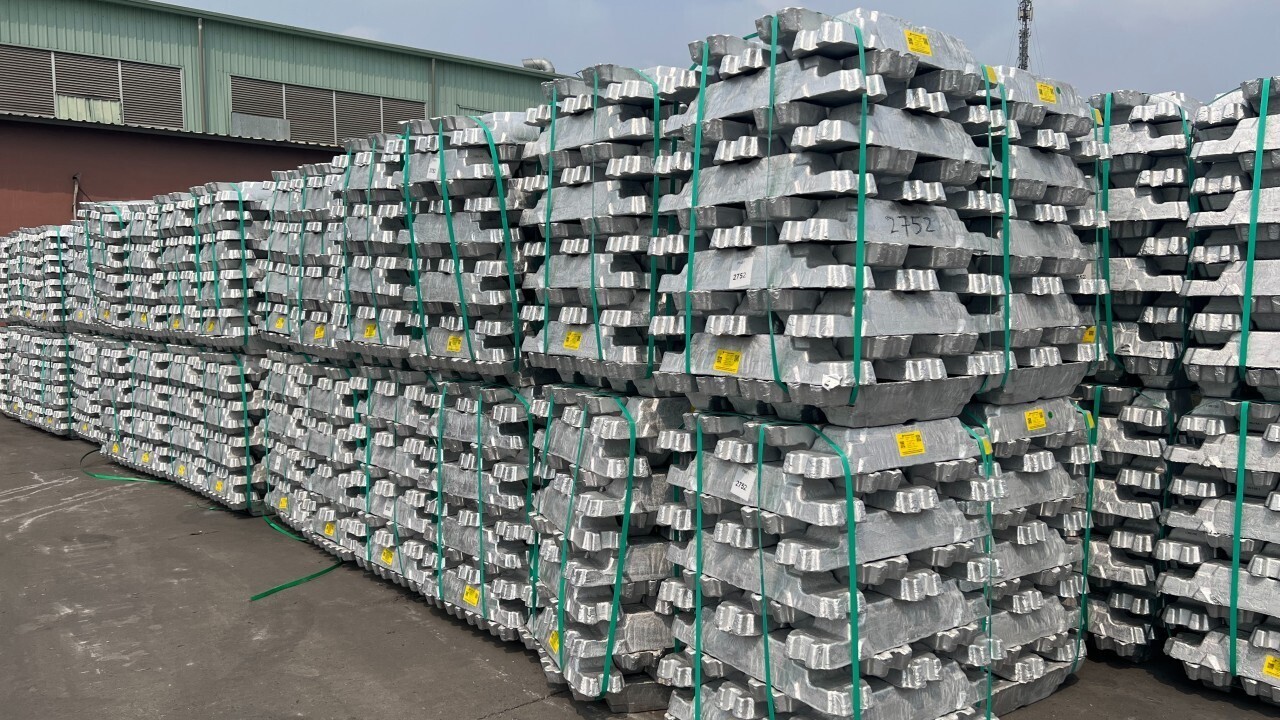

China's aluminium industry remains the world's largest, driven by high production capacity and growing downstream demand. However, rising inventories, fluctuating raw material costs, and cautious buyer sentiment are shaping market dynamics. Despite challenges, facility expansions and policy shifts continue influencing the sector's long-term trajectory.

Aluminium market analysis
The global aluminium market has witnessed notable price movements over the past week. The London Metal Exchange (LME) average aluminium price saw a slight increase of 0.64 per cent, reaching USD$ 2,665 per tonne. Conversely, the Shanghai Futures Exchange (SHFE) aluminium price declined by 0.31 per cent, settling at RMB 20,656 per tonne (USD 2,880 per tonne). Spot market prices also trended downward due to rising inventory levels and restrained demand. In East China, the aluminium spot price dropped to RMB 20,572 per tonne (USD $2,868 per tonne), while in South China, it stood at RMB 20,566 per tonne (USD $2,867 per tonne), marking respective declines of 0.08 per cent and 0.07 per cent compared to the previous week.
Supply and production developments
On the supply side, resumed production capacities have contributed to an overall increase in aluminium output, and the continued operations of key smelters have further supported this supply growth. The LME's aluminium inventory decreased, indicating a potential tightening of global supply. However, China's domestic social inventory of aluminium ingots experienced significant growth, reflecting stockpiling and slower consumption patterns.
Demand and consumption trends
Downstream sectors in China, particularly in Guangxi and Henan, have ramped production, increasing potential aluminium demand. However, trading activity for aluminium ingots remained flat over the past week, reflecting cautious purchasing behaviours among buyers. While some industries have shown a steady need for aluminium, the overall demand remained subdued, contributing to price stabilization in the domestic market.
Cost and profitability factors
Key cost components of aluminium production have experienced mixed trends. Alumina prices edged higher due to necessary purchases by downstream sectors, while prebaked anode prices remained steady. Power costs showed variations, with coal-fired power prices declining slightly and hydropower rates holding firm. The increase in alumina costs has exerted upward pressure on overall production expenses.
Despite these cost adjustments, profit margins in the aluminium industry have come under pressure due to high production costs and relatively lower prices. Producers are facing a challenging balance between managing costs and sustaining profitability.
Raw material market overview
Alumina prices in China exhibited an upward trend, rising by 1.01 per cent week-on-week, reaching an average of RMB 3,361.69 per tonne (USD$ 469 per tonne). The market remained cautious, with sellers and buyers showing price divergence, leading to a hesitant trading atmosphere.
On the other hand, Aluminium fluoride prices declined by 0.32 per cent week over week, reflecting weak demand from smelters and an overall surplus in supply.
Petroleum coke transactions displayed a mixed trend, with mid and high-sulfur grades experiencing marginal price increases while low-sulfur grades faced downward pressure. This divergence reflects refinery-specific pricing adjustments and demand variability from downstream consumers. Calcined coke prices remained largely stable, although some price fluctuations were observed based on sulfur content and trace element requirements.
Industry developments and market sentiment
Trading prices in the prebaked anode segment remained stable at USD$ 614 per tonne in Shandong and USD$ 613 per tonne in Henan. Strong demand from aluminium smelters provided a consistent market for prebaked anodes, while cost pressures from rising feedstock prices, including green petroleum coke and coal tar pitch, kept margins tight.
Cathode carbon lump prices also remained steady, with supply meeting the demand for smelter maintenance and new capacity installations. Despite high raw material costs, producers maintained production stability, ensuring adequate availability of cathode carbon materials for aluminium reduction cells.
Conclusion
The aluminium market continues to experience fluctuations driven by supply adjustments, demand shifts, and cost variations. While production capacity has increased, inventory accumulation in China indicates a cautious demand outlook. Trends in raw material prices have directly impacted production costs, exerting pressure on the profit margins of aluminium producers. The market remains delicate, with evolving supply and demand dynamics shaping price movements and industry sentiment.
Image credit: LinkedIn
Information credit: Industry Publications



Responses






